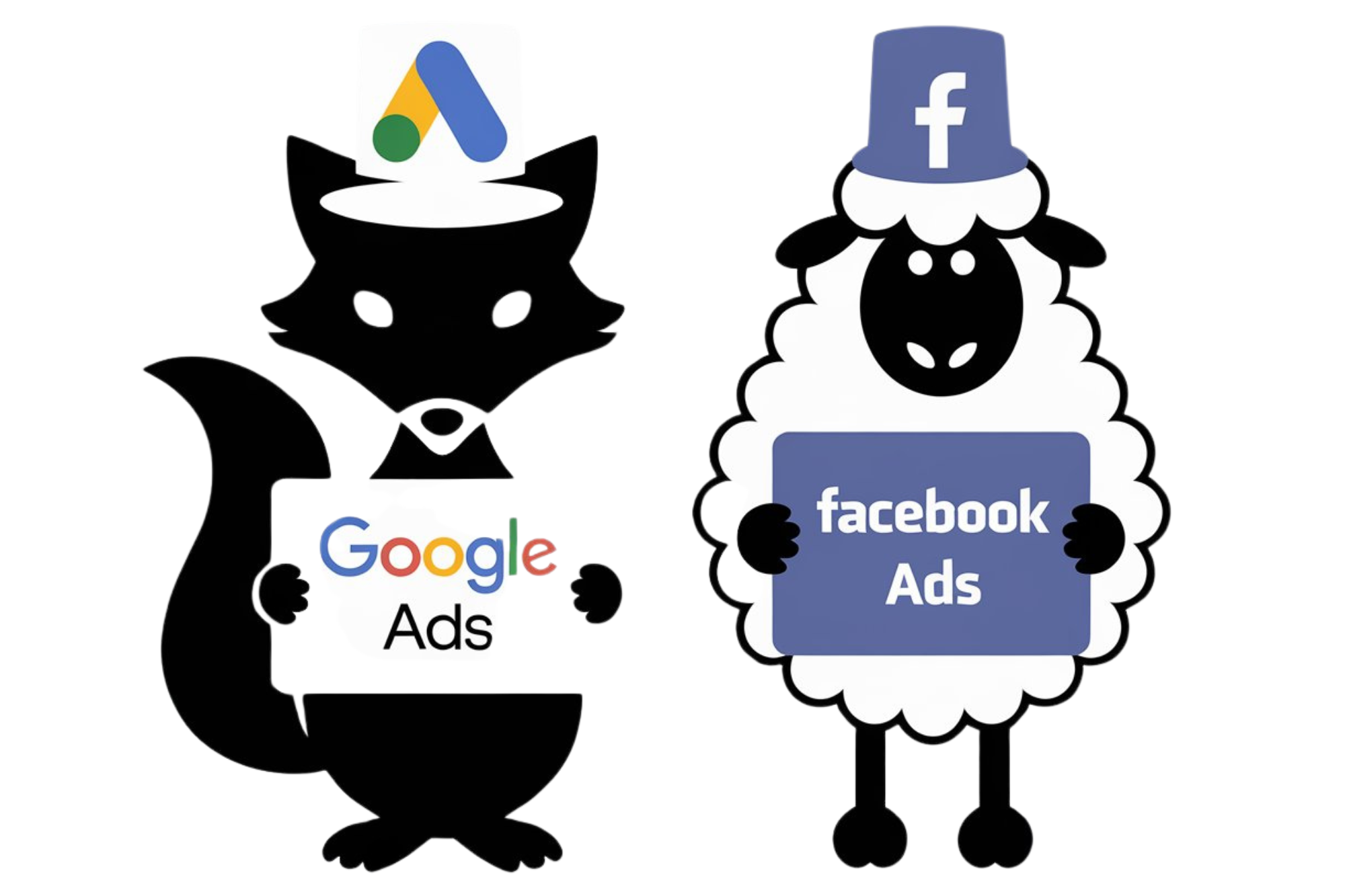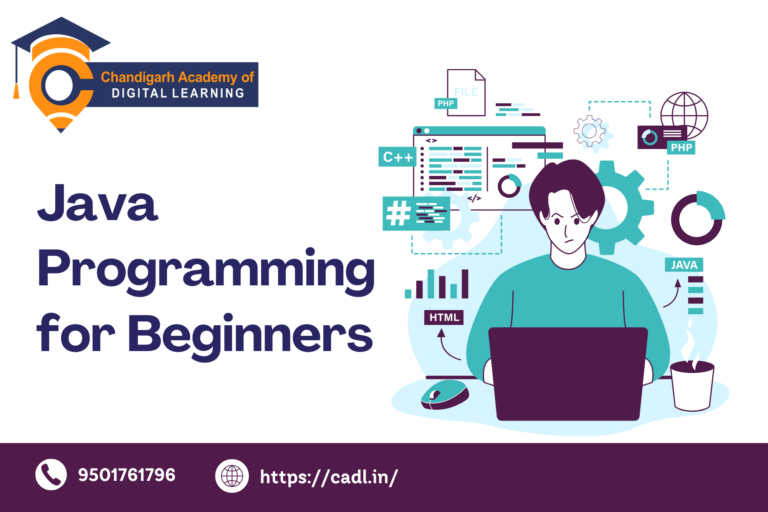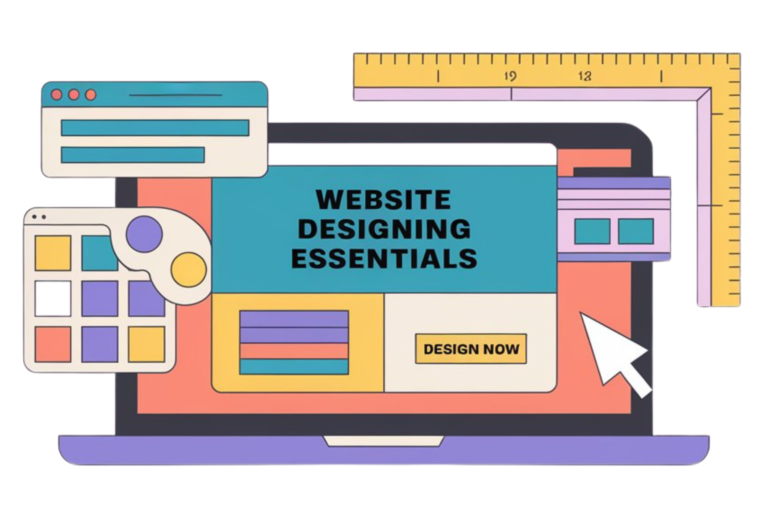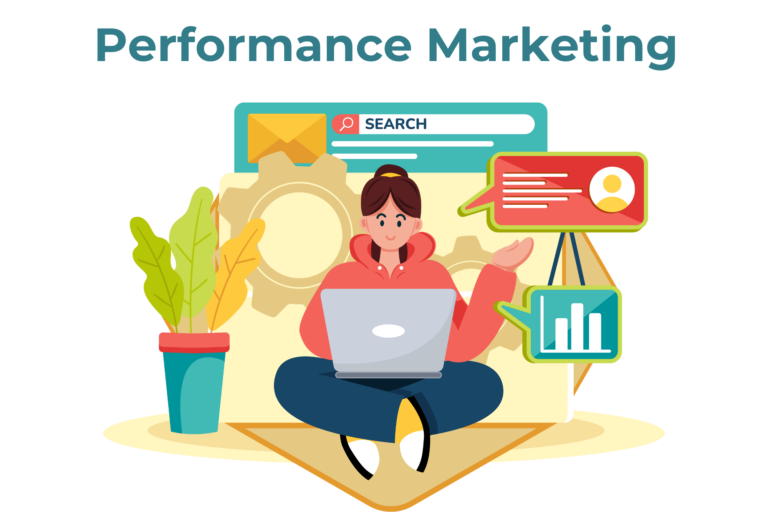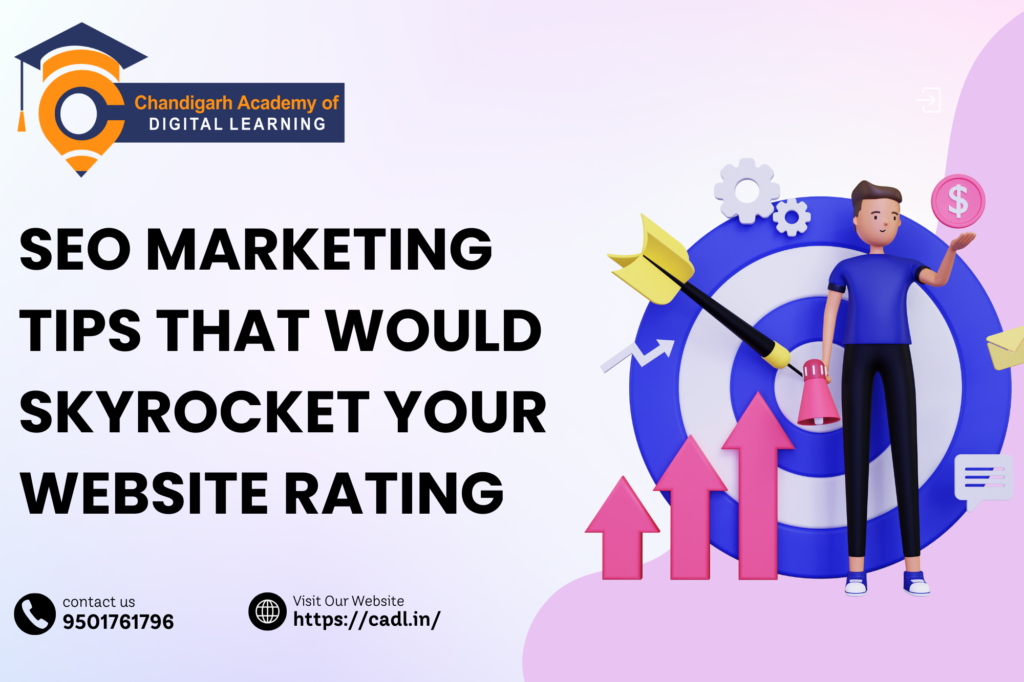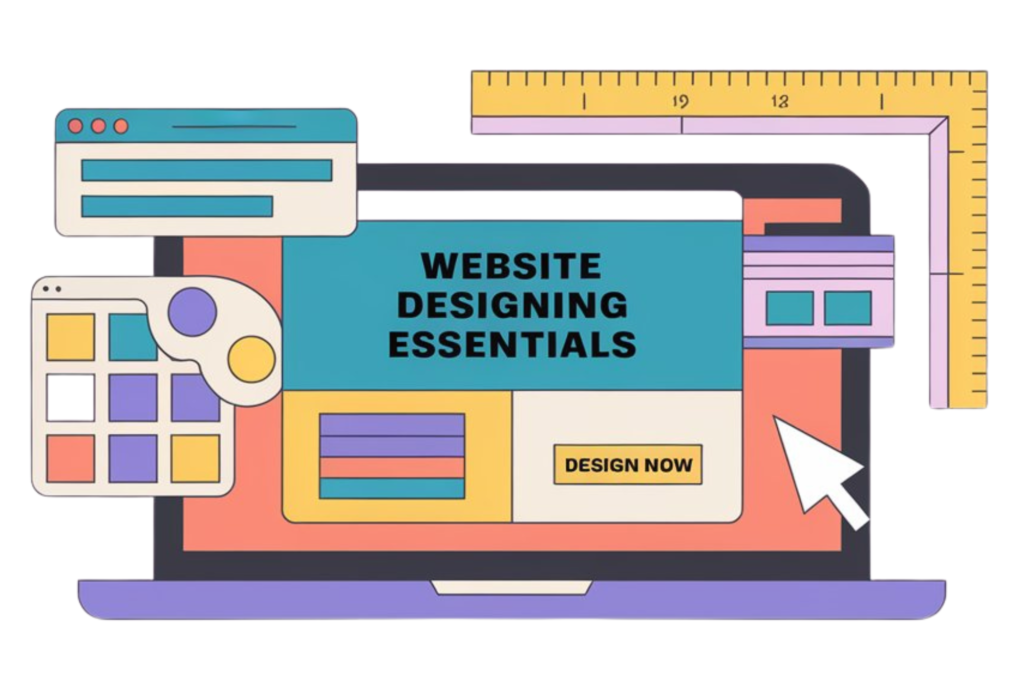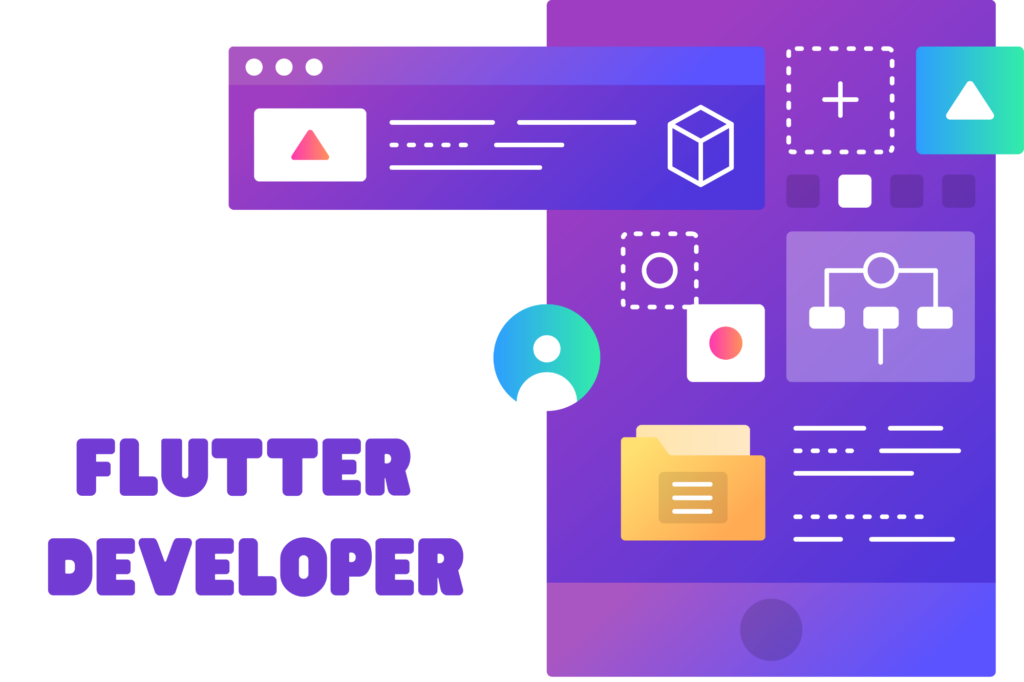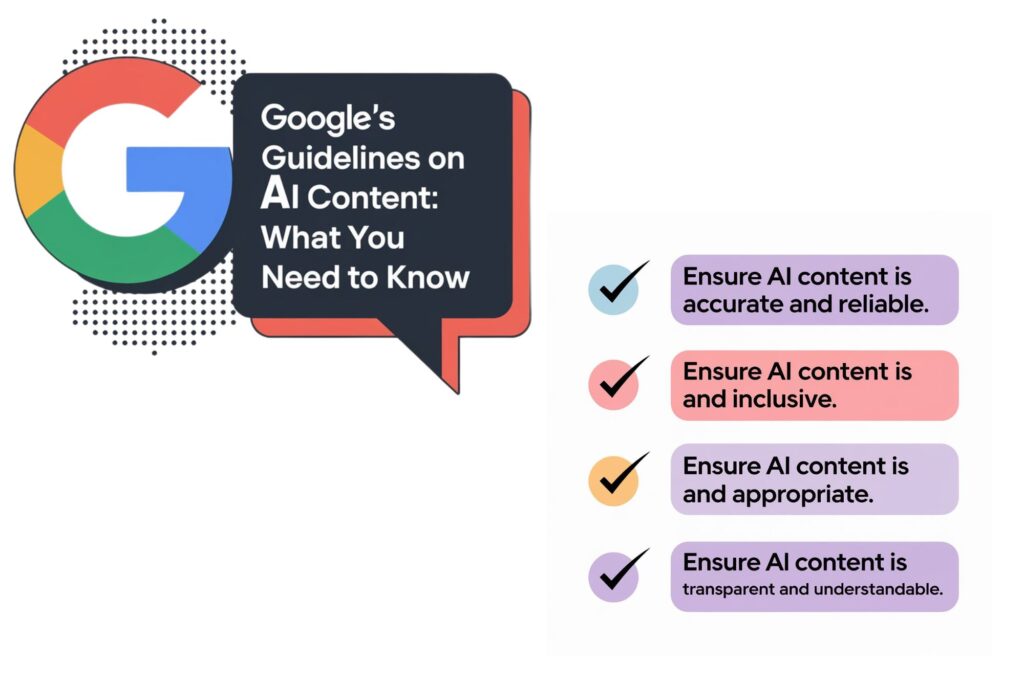In the world of digital marketing, businesses rely on effective advertising platforms to reach their target audience and drive conversions. Two of the most dominant platforms in the realm of paid advertising are Google Ads and Facebook Ads. Each offers unique features, targeting capabilities, and ad formats, making them highly attractive to advertisers. But when it comes to performance, which one is better: Google Ads or Facebook Ads? In this article, we’ll break down the key differences between the two, highlight their strengths, and help you decide which platform might be the better option for your business.
To master both platforms and learn how to create the best-performing ads, you can join the best social media marketing classes at CADL Zirakpur, where we provide hands-on experience and expert guidance.
1. Understanding Google Ads: The Power of Search
Google Ads (formerly known as Google AdWords) is one of the oldest and most widely used advertising platforms in the world. It operates primarily on a pay-per-click (PPC) model, meaning advertisers only pay when a user clicks on their ad. Google Ads allows businesses to display their ads on Google’s search engine results pages (SERPs), partner websites, YouTube, and more.
Key Features of Google Ads:
- Search Network: Ads appear in Google search results when users enter relevant queries.
- Display Network: Visual ads appear on Google’s partner websites, including YouTube.
- Ad Extensions: Additional information such as call buttons, links to specific parts of your site, and location info can be added to ads.
- Pay-Per-Click: You pay only when someone clicks on your ad.
Strengths of Google Ads:
- High Intent Audience: Users on Google are often searching for something specific, making them more likely to convert.
- Broader Reach: Google’s reach across search and display networks is massive, allowing advertisers to access billions of users worldwide.
- Advanced Targeting: Keywords, demographics, location, device targeting, and remarketing features ensure your ads are seen by the right audience.
- Measurable Results: Google Ads provides detailed metrics such as impressions, clicks, and conversions to measure the effectiveness of your campaigns.
Key Takeaway: Google Ads is an excellent platform for businesses looking to capture high-intent leads who are actively searching for solutions. Learn how to create optimized Google Ads campaigns at CADL Zirakpur, where our experts teach you how to leverage the full potential of this platform.
2. Understanding Facebook Ads: The Power of Social Engagement
Facebook Ads operates within the Facebook ecosystem, which includes Instagram, Messenger, and Audience Network. Unlike Google Ads, where users search for something specific, Facebook Ads leverages social media’s ability to create interest through targeted ads that appear in users’ news feeds, stories, and more.
Key Features of Facebook Ads:
- Audience Targeting: Detailed targeting options based on demographics, interests, behaviors, and connections.
- Custom Audiences: Allows you to retarget website visitors or create lookalike audiences based on existing customers.
- Ad Formats: A wide range of ad formats, including image ads, video ads, carousel ads, and story ads.
- Cost-Per-Click (CPC) or Cost-Per-Impression (CPM): You can choose to pay per click or impression.
Strengths of Facebook Ads:
- Advanced Audience Targeting: Facebook Ads provides in-depth targeting based on users’ behavior, interests, and engagement, allowing businesses to reach highly specific audiences.
- Creative Flexibility: With its wide range of ad formats, Facebook Ads allows for more creative advertising, particularly with engaging visuals and video content.
- Social Proof: Ads on Facebook and Instagram can receive likes, shares, and comments, which provides social proof and encourages further engagement.
- Retargeting Capabilities: Facebook’s pixel allows advertisers to retarget users who have interacted with their website or previous ads.
Key Takeaway: Facebook Ads excels at engaging audiences who may not necessarily be searching for your product but are likely to show interest based on their behavior and preferences. Learn how to create compelling and targeted Facebook Ads at CADL Zirakpur, where our instructors will guide you through the platform’s many features.
3. Targeting Capabilities: Google Ads vs. Facebook Ads
One of the most significant differences between Google Ads and Facebook Ads is how they target their audience. Each platform has a distinct approach to targeting users, and understanding these differences is crucial to choosing the right platform for your business.
Google Ads Targeting:
- Keyword-Based Targeting: Google Ads focuses on users’ intent through keywords, meaning your ads appear when users search for specific terms.
- Location and Device Targeting: Google Ads allows you to target users based on geographic location, device type (desktop or mobile), and time of day.
- Demographic Targeting: Age, gender, parental status, and household income can also be targeted.
- Remarketing: Google Ads allows businesses to target users who have previously visited their website or interacted with their content.
Facebook Ads Targeting:
- Interest-Based Targeting: Facebook allows you to target users based on their interests, hobbies, and behaviors, which are gathered from their activities on Facebook, Instagram, and partner apps.
- Custom Audiences: You can upload your customer lists or target users who have visited your website, interacted with your app, or engaged with your previous ads.
- Lookalike Audiences: Facebook lets you create lookalike audiences, which are users who share characteristics with your existing customers.
- Detailed Demographics: Facebook provides detailed demographic targeting options such as age, gender, job title, relationship status, and education level.
Key Takeaway: Both platforms offer robust targeting options, but Google Ads excels in targeting high-intent users based on their searches, while Facebook Ads shines in finding new audiences based on interests and behaviors. At CADL Zirakpur, our social media marketing classes will teach you how to effectively target the right audience on each platform.
4. Ad Formats: Google Ads vs. Facebook Ads
The types of ads you can create on Google Ads and Facebook Ads differ significantly. Each platform offers unique ad formats that are tailored to its users and purpose.
Google Ads Formats:
- Text Ads: These appear on search engine results pages and consist of a headline, URL, and description.
- Display Ads: Visual banner ads shown on Google’s display network, including websites, apps, and YouTube.
- Shopping Ads: These ads feature product images and prices, and they appear on Google’s search results.
- Video Ads: Shown on YouTube and Google’s video partners.
- Responsive Ads: Automatically adjust their size and format to fit different ad spaces on the display network.
Facebook Ads Formats:
- Image Ads: Single images shown in the Facebook feed or Instagram.
- Video Ads: Short videos that can appear in the feed, stories, or in-stream video placements.
- Carousel Ads: A series of images or videos that users can swipe through.
- Collection Ads: These showcase multiple products and allow users to browse and purchase within the Facebook app.
- Story Ads: Full-screen vertical ads that appear between users’ stories on Facebook and Instagram.
Key Takeaway: Google Ads is more focused on text and search ads, while Facebook Ads provides a broader variety of visual and interactive ad formats. If you’re looking to learn how to create effective ad formats for both platforms, CADL Zirakpur can teach you the ins and outs of crafting engaging ads that resonate with your audience.
5. Cost and ROI: Which Platform Offers Better Value?
When it comes to cost, both Google Ads and Facebook Ads operate on an auction-based system, meaning the price you pay depends on factors like your bid, competition, and ad relevance. However, the actual cost per click (CPC) or impression (CPM) can vary greatly between the two platforms.
Google Ads Cost:
- Cost-Per-Click (CPC): CPC can be higher on Google Ads, especially for competitive keywords. However, because you’re targeting high-intent users, the ROI can be significant.
- Return on Investment (ROI): Google Ads often delivers high ROI because users are already searching for your products or services, making them more likely to convert.
Facebook Ads Cost:
- Cost-Per-Impression (CPM): Facebook Ads tend to be cheaper than Google Ads, especially if you’re targeting a broad audience. However, the cost can increase for more specific targeting options like custom audiences.
- Return on Investment (ROI): Facebook Ads can deliver a great ROI, especially for brands looking to increase awareness, engagement, or conversions through highly targeted ads.
Key Takeaway: Both platforms offer great value depending on your goals and industry. If you’re looking to drive immediate conversions, Google Ads might offer a better ROI. If your goal is to build brand awareness or engage with a specific audience, Facebook Ads can be a cost-effective option. CADL Zirakpur’s social media marketing classes can help you maximize ROI on both platforms by teaching you how to optimize your ad campaigns.
Conclusion: Which Platform is Better?
Choosing between Google Ads and Facebook Ads ultimately depends on your business goals, target audience, and budget. Google Ads is ideal for businesses targeting high-intent users who are actively searching for solutions. Facebook Ads, on the other hand, excels at reaching new audiences, building brand awareness, and engaging users based on interests and behaviors.
To excel on both platforms and become a pro at creating high-performing ads, join the best social media marketing classes at CADL Zirakpur. Our expert instructors will

